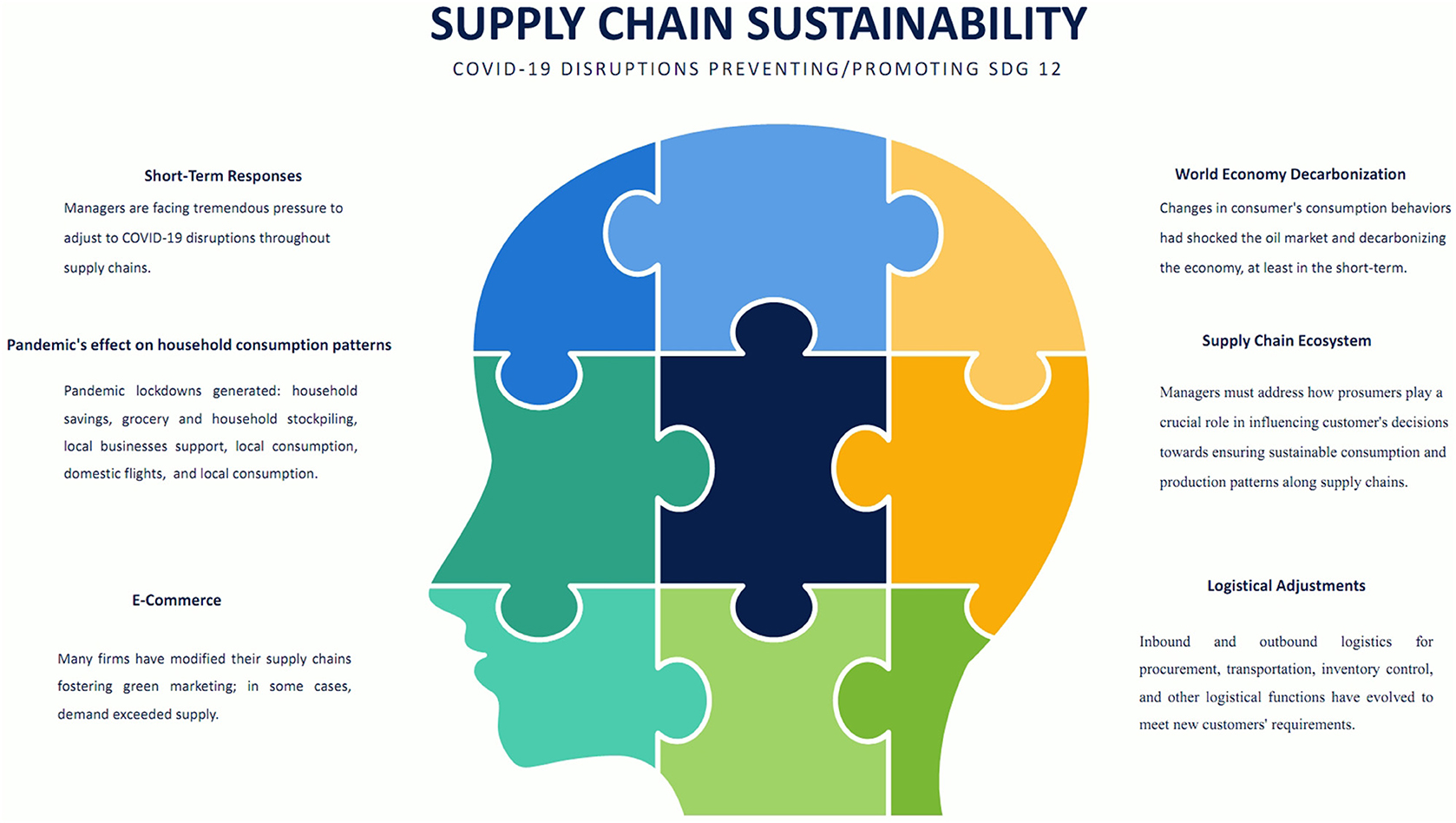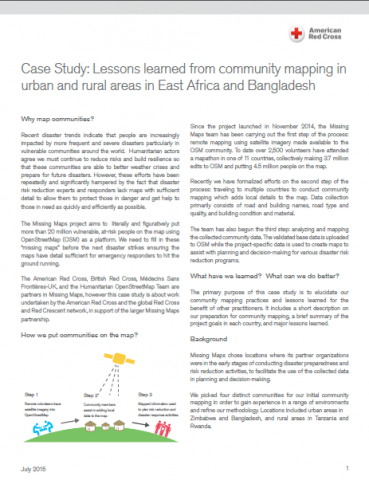Airlines in Bangladesh are changing to address environmental concerns. These changes are vital for a sustainable future.
Air travel significantly impacts the environment. Recognizing this, airlines in Bangladesh are taking steps to reduce their carbon footprint and adopt greener practices. They are investing in fuel-efficient aircraft, exploring alternative fuels, and implementing waste reduction programs. These efforts aim to balance the need for travel with the urgency of protecting our planet.
This blog will explore how airlines in Bangladesh are making these important changes and what it means for the future of air travel. By understanding these efforts, we can appreciate the steps taken to ensure a greener tomorrow.
Introduction To Environmental Concerns
Environmental concerns are a growing issue globally. Bangladesh is no exception. The aviation industry plays a role in this. Airlines are now adapting to these concerns. This blog will explore these changes.
Current State Of Environment
Bangladesh faces many environmental challenges. Air pollution is a major issue. Water pollution affects many regions. Deforestation also impacts the country. These problems harm both nature and people. Addressing these concerns is vital for a sustainable future.
Role Of Aviation Industry
The aviation industry contributes to environmental issues. Airplanes produce carbon emissions. This adds to global warming. Noise pollution from airports also affects communities. Airlines in Bangladesh are aware of these impacts. They are taking steps to reduce their environmental footprint.
Government Regulations
Airlines in Bangladesh are adopting eco-friendly practices to meet government regulations. These measures include upgrading aircraft and reducing carbon emissions.
Airlines in Bangladesh face increasing pressure to address environmental concerns. Government regulations play a crucial role in guiding these efforts. The government has implemented several policies to ensure airlines reduce their environmental impact.
National Policies
Bangladesh has introduced national policies to promote greener aviation practices. These policies include guidelines on fuel efficiency and emission reduction. Airlines must follow these guidelines to operate within the country. The government also encourages the use of sustainable aviation fuels. This step aims to cut down carbon emissions significantly. Additionally, policies support the development of eco-friendly airport infrastructure.
Compliance And Enforcement
Compliance with these regulations is mandatory for all airlines. The Civil Aviation Authority of Bangladesh (CAAB) oversees enforcement. They conduct regular audits to ensure airlines meet environmental standards. Penalties for non-compliance can be severe. They range from fines to suspension of operating licenses. This strict enforcement ensures that airlines prioritize environmental responsibility. CAAB also works closely with international bodies. This collaboration helps align national regulations with global standards. The aim is to create a unified approach to environmental sustainability in aviation. “`
Sustainable Aviation Practices
Airlines in Bangladesh are addressing environmental concerns. They are adopting sustainable aviation practices. These practices help reduce their carbon footprint. They also aim to conserve natural resources. Below, we discuss two key areas: fuel efficiency measures and alternative fuels.
Fuel Efficiency Measures
Airlines in Bangladesh are implementing various fuel efficiency measures. These measures help to reduce fuel consumption and lower emissions.
Some airlines are upgrading their fleets. They are purchasing newer, more fuel-efficient aircraft. These new planes consume less fuel per flight. This helps to cut down on greenhouse gas emissions.
Another method involves optimizing flight routes. Airlines use advanced software to plan the most efficient paths. This reduces the distance and time spent in the air. As a result, less fuel is burned.
Regular maintenance is also crucial. Well-maintained engines run more efficiently. Airlines ensure their planes receive timely checks and repairs.
Below is a summary of the key fuel efficiency measures:
| Measure | Description |
|---|---|
| Fleet Upgrades | Purchasing newer, fuel-efficient aircraft |
| Route Optimization | Planning efficient flight paths using advanced software |
| Regular Maintenance | Ensuring timely checks and repairs for efficient engine performance |
Alternative Fuels
Bangladesh airlines are exploring alternative fuels to reduce their environmental impact. These fuels offer a cleaner alternative to traditional jet fuel.
Biofuels are one option. They are derived from plants and other organic materials. Biofuels produce fewer emissions and are renewable.
Another promising option is synthetic fuels. These fuels are created using renewable energy sources. They mimic traditional jet fuel but are cleaner and more sustainable.
Airlines are also looking into hydrogen fuel. Hydrogen can be a zero-emission fuel when produced using renewable energy. It offers great potential for a sustainable future.
Here are some key alternative fuels being explored:
- Biofuels: Derived from plants and organic materials, producing fewer emissions
- Synthetic Fuels: Created using renewable energy, mimicking traditional jet fuel
- Hydrogen Fuel: Zero-emission fuel with potential for a sustainable future

Credit: www.cefa-aviation.com
Innovations In Aircraft Design
Airlines in Bangladesh are addressing environmental concerns. One key area is aircraft design. Innovations are making aircraft more eco-friendly. These changes reduce emissions and fuel consumption.
Lighter Materials
One important innovation is the use of lighter materials. Traditional materials like aluminum are being replaced. New materials like carbon fiber composites are now used. These materials are strong and light.
Using lighter materials means planes use less fuel. This helps reduce carbon emissions. It also lowers operating costs for airlines. Everyone benefits from these advancements.
Aerodynamic Improvements
Aerodynamics play a crucial role in aircraft efficiency. Engineers are working on aerodynamic improvements. These changes help planes move through the air more easily.
Designers are focusing on the shape of the aircraft. They are improving wing shapes and body designs. These changes reduce drag. Less drag means less fuel is needed.
Better aerodynamics also improve flight stability. This makes flights smoother and more comfortable for passengers. It is a win-win for both airlines and travelers.
Waste Management Initiatives
Airlines in Bangladesh are taking significant steps to address environmental concerns. One key area of focus is waste management initiatives. These initiatives aim to reduce waste and promote sustainable practices. Let’s explore some of the efforts being made in this direction.
Recycling Programs
Many airlines in Bangladesh have introduced comprehensive recycling programs. These programs ensure that recyclable materials are properly sorted and processed. Airlines encourage passengers to use designated bins for plastic, paper, and metal items.
Some airlines even collaborate with local recycling facilities. This helps in managing waste more efficiently. By recycling, airlines reduce the amount of waste going to landfills.
Waste Reduction Strategies
Airlines are also focusing on waste reduction strategies. They are adopting measures to minimize waste generation. One approach is to reduce the use of single-use plastics. Airlines now offer reusable or biodegradable alternatives to passengers.
Another strategy involves optimizing in-flight meals. Airlines are reducing food waste by better estimating passenger preferences. They offer pre-ordered meals, which helps in minimizing excess food.
Additionally, airlines are implementing digital solutions. They are reducing paper waste by using e-tickets and digital boarding passes. This not only cuts down waste but also improves efficiency.
Carbon Offsetting Programs
Airlines in Bangladesh are taking steps to address environmental concerns. One effective method is through carbon offsetting programs. These programs help reduce the carbon footprint of flights. Airlines invest in various projects that balance out the emissions they produce.
Carbon Credits
Many airlines purchase carbon credits. These credits represent a reduction in greenhouse gases. Each credit equals one tonne of carbon dioxide not emitted into the atmosphere. By buying these credits, airlines support clean energy projects. These projects include wind farms, solar power installations, and other renewable energy sources.
Airlines also partner with organizations that certify and track carbon credits. This ensures transparency and accountability. Customers can rest assured that their flights are contributing to a greener planet.
Reforestation Projects
Another significant effort is investing in reforestation projects. Planting trees helps absorb carbon dioxide from the air. Forests act as natural carbon sinks, storing carbon for decades.
Bangladeshi airlines collaborate with local and international environmental groups. Together, they plant trees in deforested areas. This not only offsets carbon emissions but also restores natural habitats.
These projects benefit communities by providing jobs and improving biodiversity. Flyers can also choose to contribute to these efforts when booking tickets. This way, everyone can play a part in protecting the environment.
Collaborations With Environmental Organizations
Collaborations with Environmental Organizations are crucial for airlines in Bangladesh. These collaborations help address environmental concerns effectively. By working together, airlines and environmental groups can create impactful changes.
Partnerships
Airlines in Bangladesh are forming partnerships with various environmental organizations. These partnerships aim to reduce the carbon footprint of air travel. They work together to implement sustainable practices. For instance, some airlines partner with local NGOs to promote tree planting initiatives.
| Airline | Environmental Organization | Initiative |
|---|---|---|
| Airline A | Organization X | Tree Planting |
| Airline B | Organization Y | Carbon Offsetting |
Joint Initiatives
Joint initiatives between airlines and environmental groups are making a difference. These initiatives focus on sustainable fuel usage and reducing emissions. For example, some airlines are investing in biofuels. This reduces their reliance on fossil fuels.
Another joint initiative involves waste reduction. Airlines are partnering with organizations to minimize in-flight waste. They introduce recycling programs and use eco-friendly materials. This collaboration is vital for a greener future.
- Biofuels
- Recycling programs
- Eco-friendly materials
These efforts show a commitment to environmental sustainability. They highlight the importance of collaborative efforts.

Credit: research.skift.com
Challenges And Future Prospects
Airlines in Bangladesh face significant challenges in addressing environmental concerns. These challenges range from financial constraints to long-term sustainability goals. Despite these hurdles, the industry is actively seeking solutions to create a greener future.
Financial Implications
Adapting to environmental concerns is costly. Airlines need to invest in new technologies, such as fuel-efficient aircraft. The upfront costs can be substantial. Many airlines operate on thin margins. This makes large investments difficult.
Here is a table showing some of the costs involved:
| Item | Cost |
|---|---|
| Fuel-efficient aircraft | $100 million+ |
| Renewable fuel | $2-$3 per gallon |
| Carbon offset programs | $10-$20 per ton |
These financial implications are significant. Yet, they are necessary for environmental progress. Airlines must balance these costs with their commitment to sustainability.
Long-term Goals
Bangladesh’s airlines have set long-term environmental goals. Reducing carbon emissions is a top priority. They aim to achieve net-zero emissions by 2050. This aligns with global aviation goals.
Here are some key long-term goals:
- Adopt renewable energy sources
- Implement carbon offset programs
- Promote sustainable aviation fuel
- Enhance waste management practices
These goals require time and dedication. Airlines must continuously innovate. Collaboration with government and international bodies is crucial. Together, they can create a sustainable aviation future in Bangladesh.

Credit: www.frontiersin.org
Frequently Asked Questions
How Are Airlines Reducing Carbon Emissions?
Airlines in Bangladesh are investing in fuel-efficient aircraft and adopting sustainable aviation fuels. They are also optimizing flight paths to reduce fuel consumption and emissions.
What Initiatives Are Airlines Taking For Sustainability?
Airlines are implementing recycling programs and reducing single-use plastics. They are also partnering with environmental organizations to support conservation projects and promote eco-friendly travel practices.
How Do Airlines Offset Their Carbon Footprint?
Airlines offset their carbon footprint by investing in carbon offset programs. These programs include reforestation projects, renewable energy initiatives, and community-based environmental projects.
Are Electric Planes Being Considered By Bangladeshi Airlines?
Bangladeshi airlines are exploring the potential of electric planes. While still in early stages, they see electric aviation as a future solution for reducing emissions.
Conclusion
Airlines in Bangladesh are making real efforts to address environmental concerns. They are focusing on fuel-efficient planes and sustainable practices. These changes help reduce carbon emissions. Passengers and communities benefit from a cleaner environment. The future looks brighter with these ongoing efforts.
It’s clear that sustainability is now a priority in the aviation industry. By continuing these practices, airlines can make a positive impact. This commitment to the environment is essential for future generations. Traveling responsibly is no longer an option, but a necessity.






















